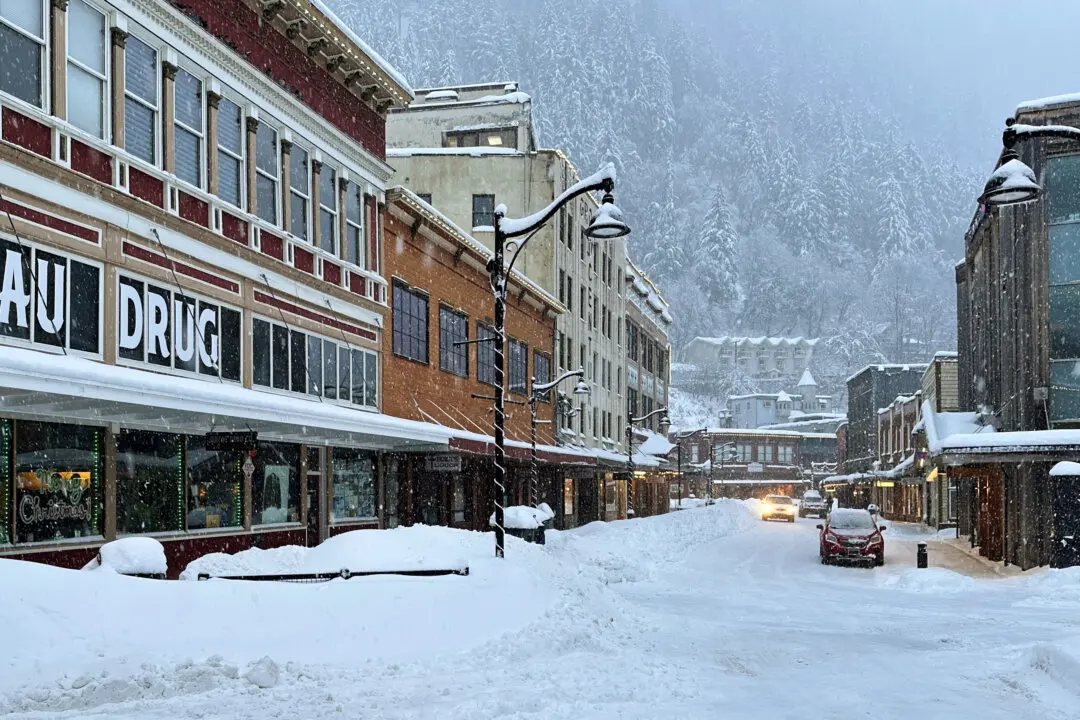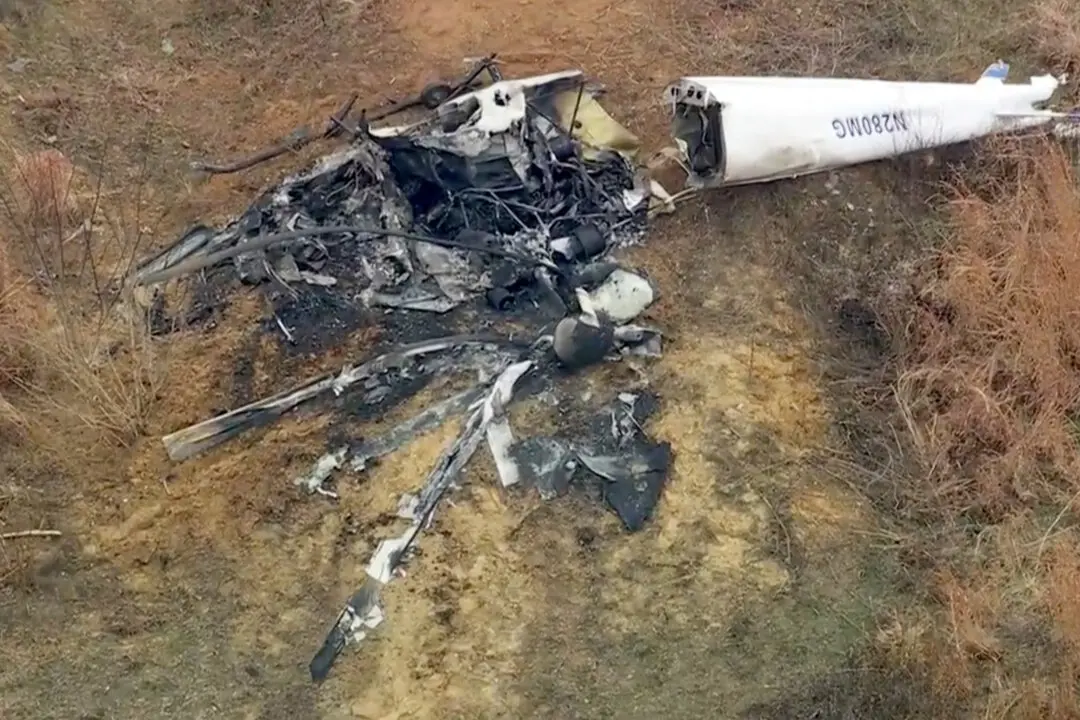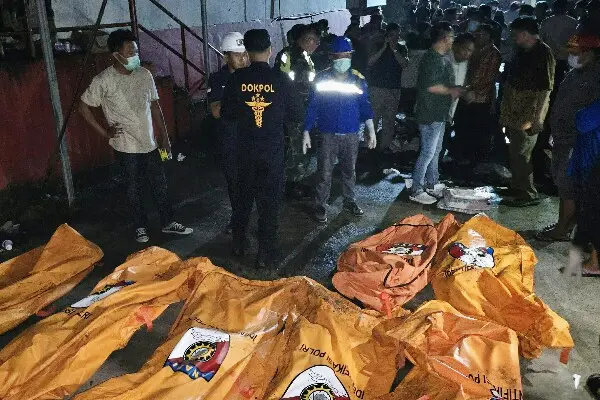SHASTA-TRINITY NATIONAL FOREST, Calif.—Interstate 5 usually swarms with trucks and traffic as it winds its way through California.
But the main highway between Mexico and Canada was a ghost road Friday morning along a 45-mile (72-kilometer) northern stretch that remained closed since a fire two days earlier swept down and turned hills on either side into walls of flame.




